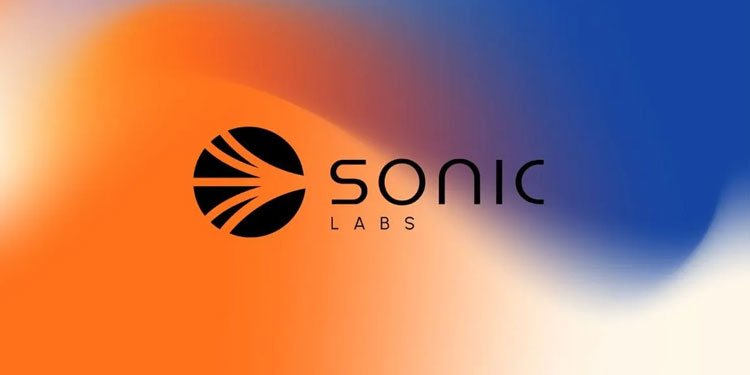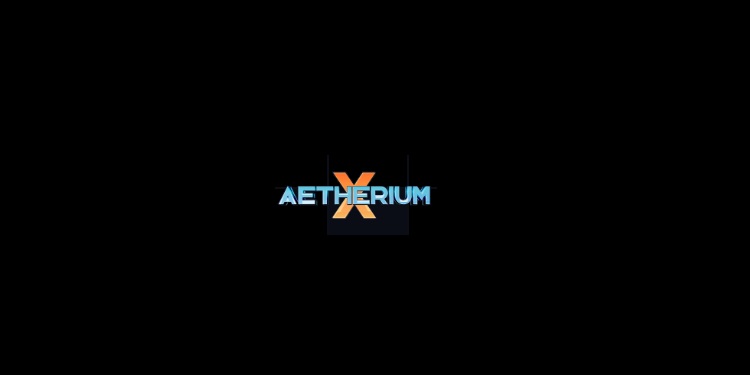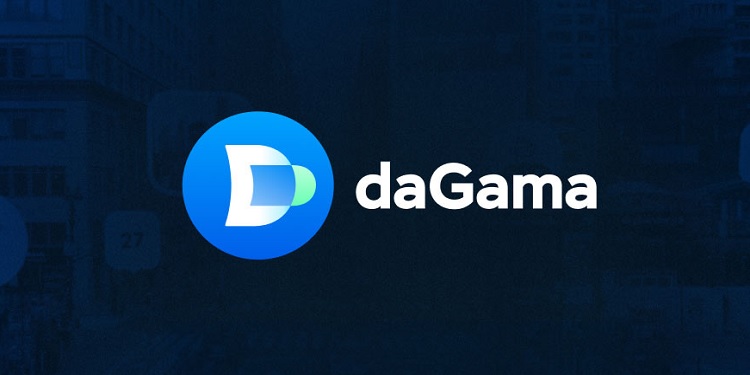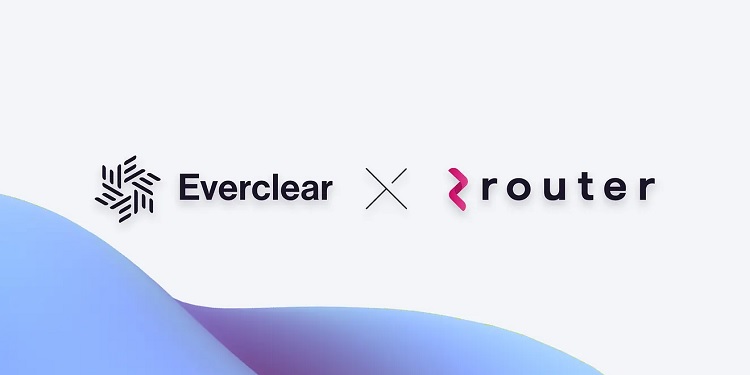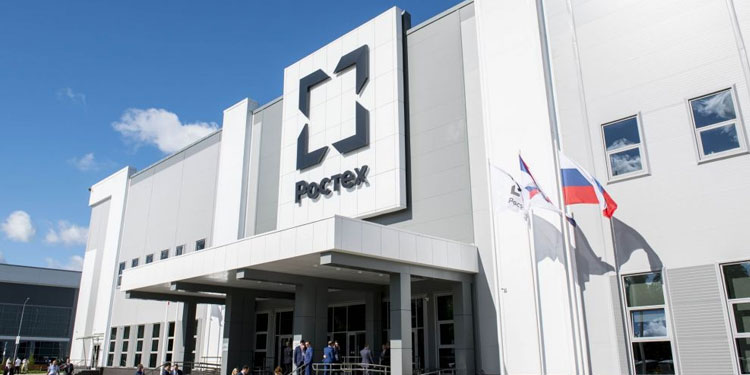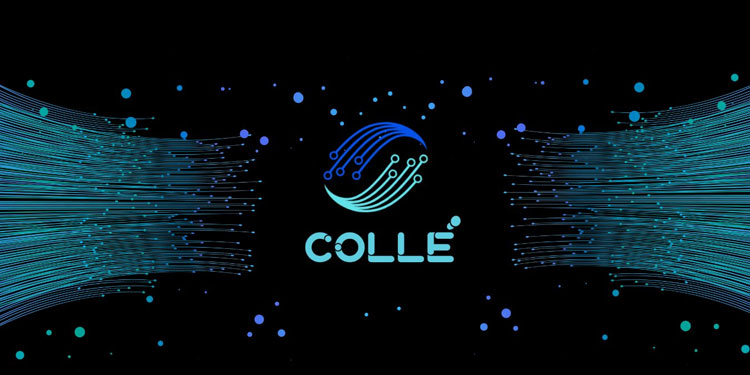Sonic Research, the development team behind the Sonic (S) altcoin, has announced a major technical upgrade to its blockchain infrastructure with the introduction of SonicCS 2.0. This next-generation consensus protocol has been engineered to significantly enhance network performance, aiming to improve both speed and resource efficiency.
At the core of SonicCS 2.0 lies a Directed Acyclic Graph (DAG) architecture that enables parallel transaction ordering. Unlike traditional blockchain protocols that process transactions sequentially, this model allows multiple transactions to be validated simultaneously, resulting in much faster network throughput. Preliminary performance metrics gathered from internal testing indicate that SonicCS 2.0 operates at twice the speed of its predecessor, while also reducing memory usage by approximately 68%.
A key feature of the new system is its innovative approach to transaction sequencing. Rather than relying on the conventional method of electing a single block leader per cycle, the upgraded protocol introduces a matrix-based voting logic that executes leader selection in parallel. This adjustment is designed to alleviate computational strain on hardware and shorten confirmation times, potentially leading to smoother user experiences and greater scalability.
The upgrade has already undergone extensive testing, including 200 full network cycles conducted on Sonic’s mainnet. These trials reportedly demonstrated consistent improvements in speed and system efficiency. Following these promising results, the Sonic development team has confirmed that SonicCS 2.0 will be deployed in the upcoming client update. A comprehensive technical report detailing the protocol’s architecture and performance will also be released to provide transparency and insights for the community.
🔥 SonicCS 2.0 breaks barriers with over 30,000 TPS and 68% less memory usage!
⚡ Experience lightning-fast transactions, low fees, smooth performance, and unmatched scalability by @SonicLabs.
🛠️ For developers: Build optimized, parallel-processing apps powering the future of… pic.twitter.com/p9OJDuV1ZN
— Sonic Insider (@insider_sonic) July 2, 2025
Despite this advancement in infrastructure, the market performance of the Sonic (S) token has remained underwhelming. Over the past year, the token has experienced a steep decline, losing around 60% of its value. This has raised questions within the community about whether technological upgrades alone can reinvigorate market interest and restore investor confidence.
Market analysts suggest that while technical improvements like SonicCS 2.0 are essential for long-term scalability and adoption, their impact on token valuation may depend heavily on broader investor sentiment and external market conditions. For now, the upgrade stands as a pivotal step forward for the Sonic ecosystem, setting the stage for potential application growth and increased user adoption.
As the blockchain sector continues to push the limits of speed, scalability, and efficiency, Sonic’s move toward DAG-based consensus protocols aligns with a wider industry trend. Similar architectures are being explored across several Layer 1 and Layer 2 projects, particularly those prioritizing low latency and high throughput for decentralized applications.
Looking ahead, the success of SonicCS 2.0 may hinge on how well it integrates into real-world use cases and whether it attracts developers and users seeking advanced infrastructure for their blockchain projects. While the market response remains uncertain, the release positions Sonic Research as a technically forward-thinking player in the evolving blockchain space.

